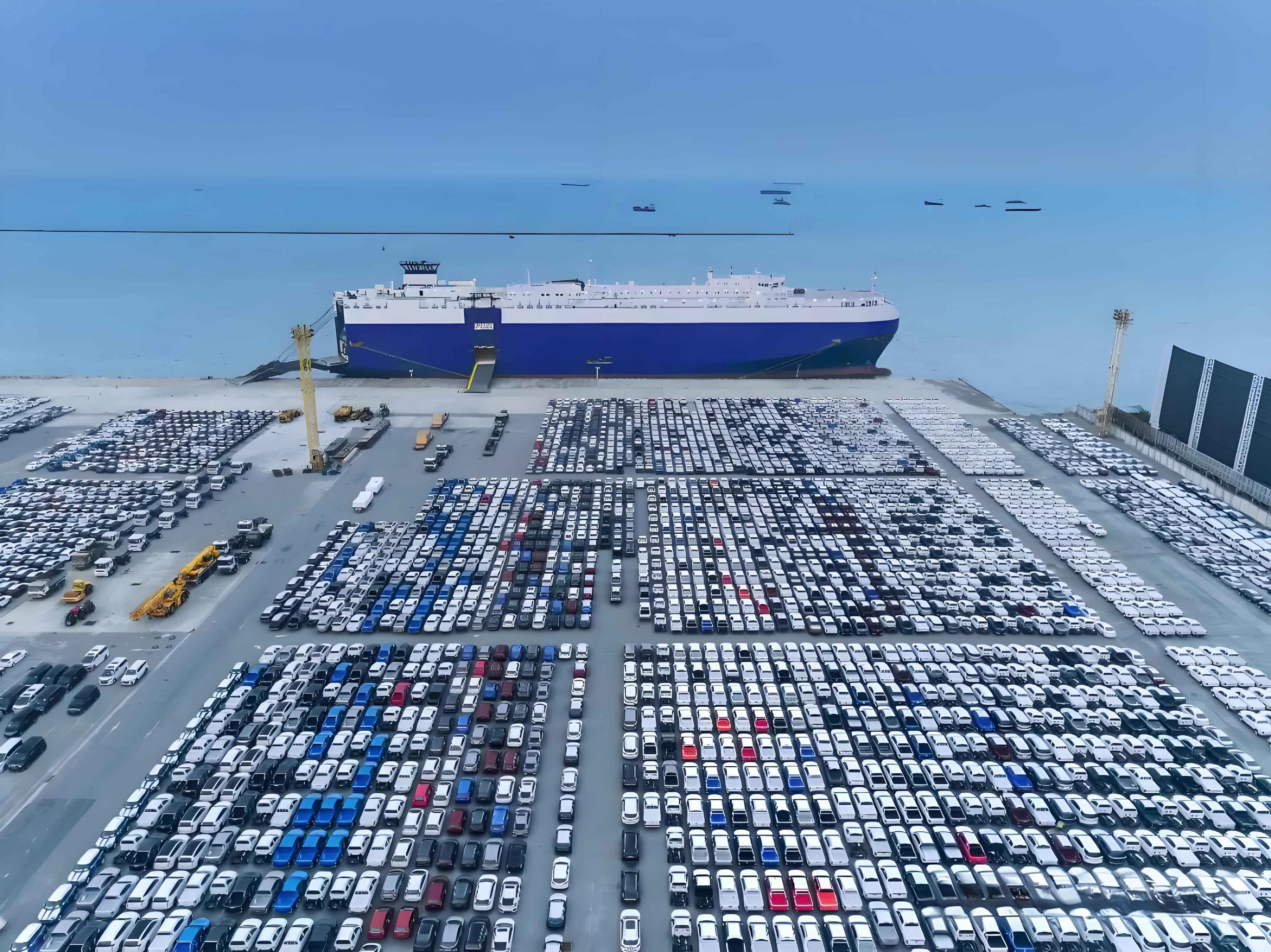China’s electric vehicle sector continues its meteoric rise, with May 2025 sales surging 36.9% year-over-year to 1.307 million units, capturing a record 48.7% of all new car sales nationwide. This explosive growth underscores the deepening dominance of China electric vehicle manufacturers in the world’s largest auto market, fueled by relentless innovation, supportive policies, and shifting consumer demand.

Record-Breaking Momentum
According to data from the China Association of Automobile Manufacturers (CAAM), overall vehicle sales in May reached 2.686 million units, up 11.2% year-over-year. However, China electric vehicle sales vastly outpaced the broader market, with production also soaring 35% to 1.27 million units. Year-to-date figures are equally striking: From January to May, China electric vehicle sales hit 5.608 million units, a 44% increase, claiming 44% of total new car sales.
“The sustained growth across all segments of new energy passenger vehicles—especially mid-to-high-end models—highlights the market’s structural shift toward premium electrified offerings,” stated Chen Shihua, Deputy Secretary-General of CAAM. “This isn’t a spike; it’s the new normal.”
Policy Winds and Market Headwinds
While the China electric vehicle market thrives, industry analysts note emerging challenges. Cui Dongshu, Secretary-General of the China Passenger Car Association (CPCA), pointed to a high comparative base in June 2024, driven by pent-up demand from early scrap-page replacement policies. Additionally, shrinking bank deposit-loan spreads have constrained dealer subsidies previously funded by high-interest auto loans.
“Dealer profitability faces intensified pressure,” Cui explained. “This limits their capacity for aggressive promotions, despite rising inventory costs.”
Catalysts for Growth
Counterbalancing these pressures are robust governmental initiatives. Multiple provinces have enacted local consumption incentives, aligning with national campaigns to stimulate spending. The relaunch of major auto shows and offline events has further energized buyer interest.
Calendar effects also favor growth: June 2025 has 20 working days—one more than June 2024—and the timing of the Dragon Boat Festival (May 31st) is expected to smooth production and delivery cycles.
Critically, the newly launched China electric vehicle rural promotion campaign aims to unlock massive demand in lower-tier cities and counties. “Migrant workers represent 21.3% of China’s population and 40.8% of national employment,” emphasized Cui. “Supporting their transition to China electric vehicle ownership via manufacturer and local subsidies isn’t just strategic—it’s transformative. This demographic will inject fresh momentum into the market.”
Strategic Shifts and Future Outlook
The data reveals more than volume growth; it signals profound market evolution. The consistent outperformance of premium China electric vehicle brands reflects consumer willingness to pay for advanced technology, comfort, and sustainability. Industry players are rapidly pivoting investments toward software-defined EVs, ultra-fast charging infrastructure, and battery recycling ecosystems.
With nearly half of all new cars sold in May being electric, China’s automotive transformation is accelerating faster than global forecasts predicted. As policy support, infrastructure expansion, and consumer confidence converge, the China electric vehicle sector isn’t merely growing—it’s redefining mobility.
The question is no longer if electric vehicles will dominate China’s roads, but how quickly legacy automakers can adapt to a landscape where electric isn’t the future—it’s the present. For competitors worldwide, China’s market offers both a blueprint and a benchmark: innovate relentlessly, or risk irrelevance.